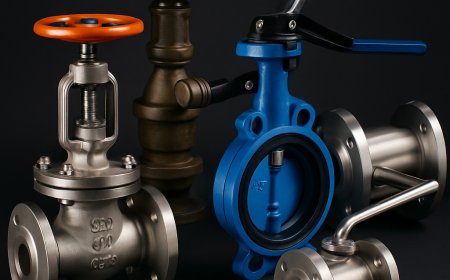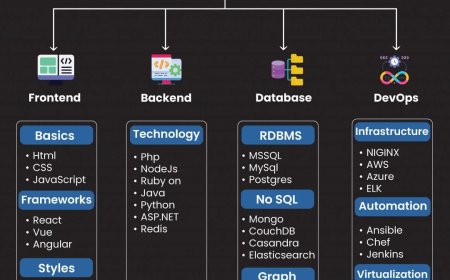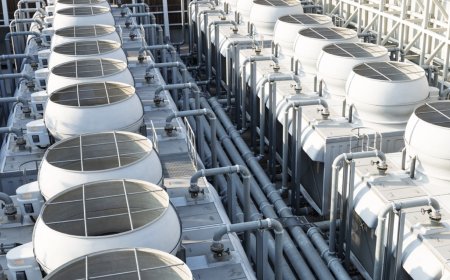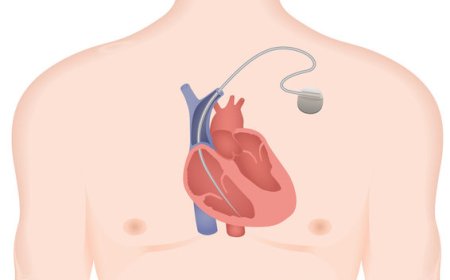Fish Passage Portal: The Future of Upstream Migration?

Modern hydropower and water management projects are caught between two imperatives: meeting energy and irrigation demands, and preserving the health of aquatic ecosystems. The challenge is especially acute for migratory fish, whose journeys are often blocked by dams, weirs, and other barriers. Traditional solutions like fish ladders and trap-and-haul are costly, slow, and sometimes ineffective. This is where the fish passage portal is reshaping how we think about river connectivity and fish migration. This technology offers a fresh approach, blending engineering ingenuity with ecological sensitivity to deliver results that benefit both fish and people.
How the Fish Passage Portal Works
Theportalis a fully automated system designed to move fish over or around obstacles quickly and safely. Fish swim voluntarily into the portal, drawn by a gentle flow of water. As they enter, advanced imaging technology captures multiple images of each fish in less than a second. These images are analyzed by computer to identify species, size, and health, enabling real-time sorting decisions. Only native or target species are allowed to proceed, while invasive or hatchery fish can be diverted. Once sorted, fish are gently propelled through a misted pneumatic tube, traveling hundreds of feet in just seconds, with minimal stress or injury.
The portals modular design means it can be installed quickly, even in remote or challenging locations. It requires little water or energy, making it both cost-effective and environmentally friendly. Unlike traditional fish ladders, which can take days or weeks for fish to navigate, thefish passage portaldelivers rapid, reliable passagehelping fish reach their spawning grounds sooner and in better condition.
Why Upstream Fish Passage Matters
Upstream fish passageis essential for the survival of many species, particularly salmon, steelhead, and other migratory fish. These fish rely on access to upstream habitats for spawning, feeding, and rearing young. When dams or other barriers block their path, populations can decline rapidly, with cascading effects on the entire ecosystem. Upstream migration is also a critical indicator of river health, reflecting the ability of aquatic systems to support biodiversity and adapt to changing conditions.
Despite its importance, upstream passage remains a significant challenge. Traditional methods are often species-specific, labor-intensive, and limited by site conditions. The result is that millions of fish are unable to complete their life cycles, threatening both ecological balance and the livelihoods of communities that depend on healthy fisheries.
Whooshh Innovations: Leading the Way
Whooshh Innovations has emerged as a leader in upstream fish passage technology. The companys PassagePortal systems are designed to address the limitations of traditional solutions, offering a modular, adaptable approach that works for a wide range of species and site conditions. The systems volitional entry ensures that fish are not stressed by handling, while its advanced imaging and sorting capabilities provide valuable data for fisheries management.
Whooshhs technology is also highly scalable. Whether installed on a floating barge, a riverbank, or a remote site with no roads or power, the fish passage portal can be tailored to meet the needs of any project. This flexibility makes it an ideal choice for hydropower operators, conservation agencies, and other stakeholders looking to balance operational efficiency with environmental responsibility.
Case Study: Saving Salmon at Big Bar
One of the most compelling examples of thefish passage portalin action is the Big Bar landslide on British Columbias Fraser River. In 2019, a massive rockslide blocked the migration route for hundreds of thousands of salmon, threatening the survival of several runs. The remote location, lack of roads, and tight timeline made traditional solutions impractical.
Whooshh Innovations deployed two PassagePortal systems at the site, installing over 3,000 feet of misted tubing in less than three months. The systems allowed fish to swim in voluntarily, be scanned and sorted, and then gently propelled upstream through the tubes. More than 275,000 salmon were transported safely past the blockage, preserving the run and providing invaluable data for conservation efforts.
The success at Big Bar demonstrated the versatility and effectiveness of thefish passage portalunder extreme conditions. It also highlighted the systems ability to collect real-time data, enabling biologists to track migration patterns and make informed management decisions.
Final Remarks: Reimagining River Connectivity
As we look to the future, the lessons from Whooshh Innovations work at Big Bar and elsewhere suggest that thefish passage portalis more than just a technological innovationits a catalyst for reimagining the relationship between human infrastructure and natural ecosystems. By prioritizing adaptability, data-driven management, and ecological sensitivity, we can build a future where rivers are truly connected, and every fish has a clear path forward.


























